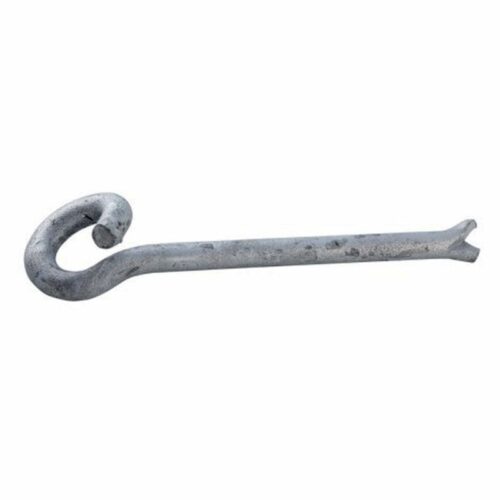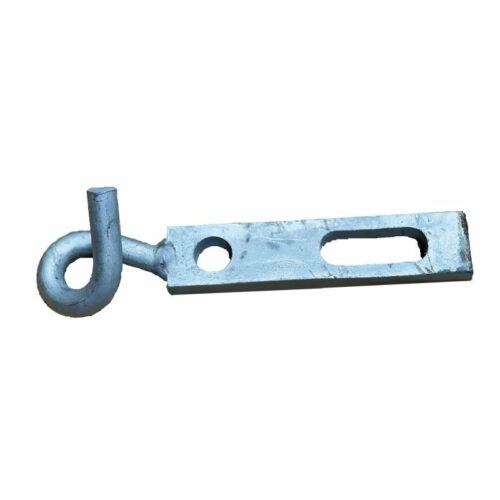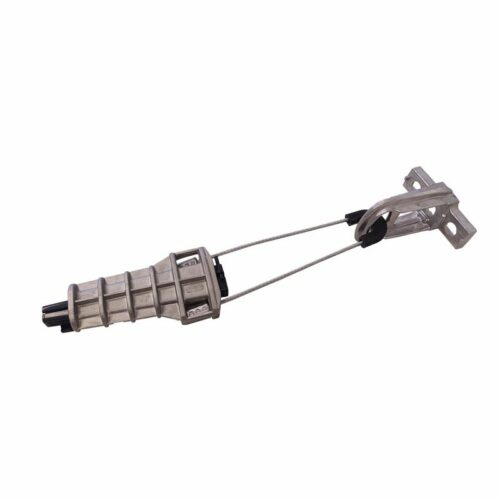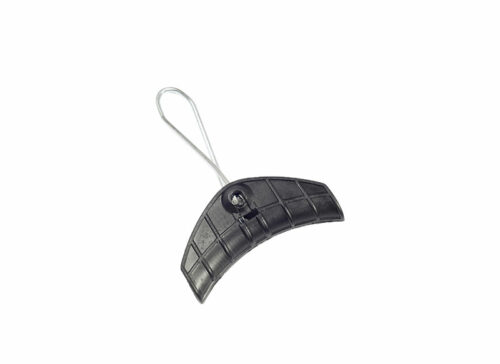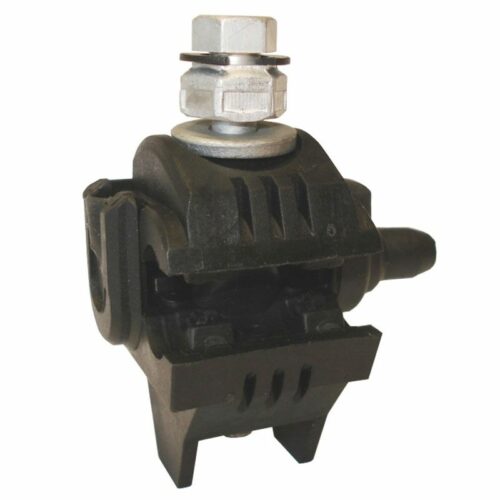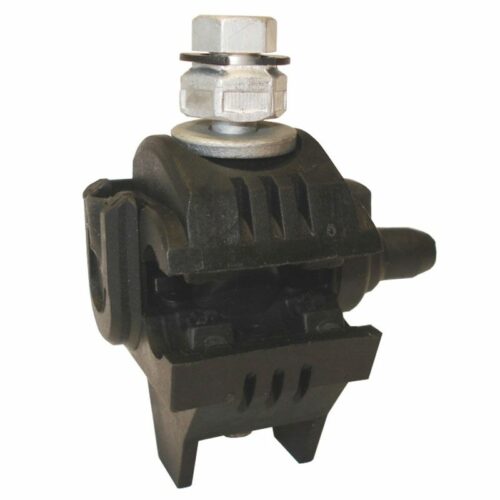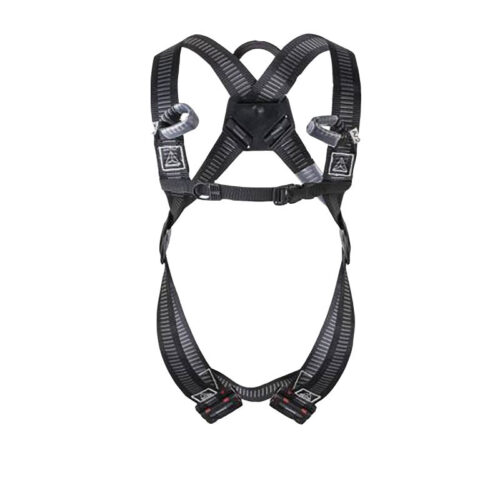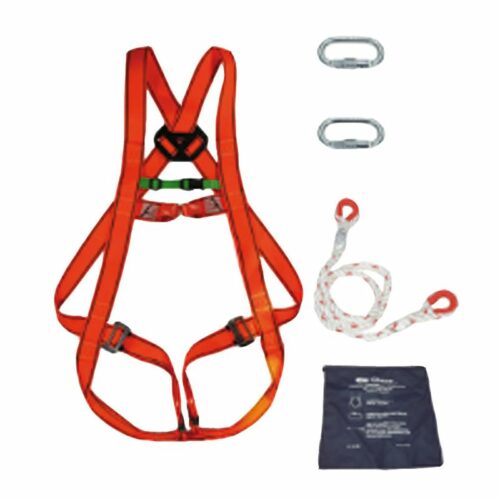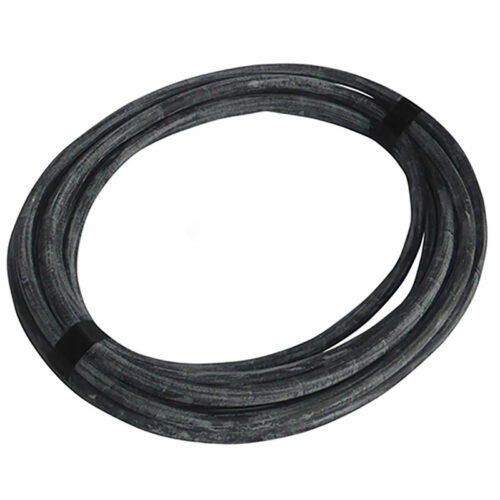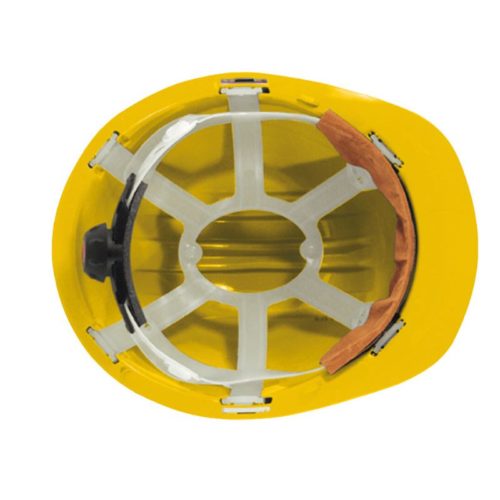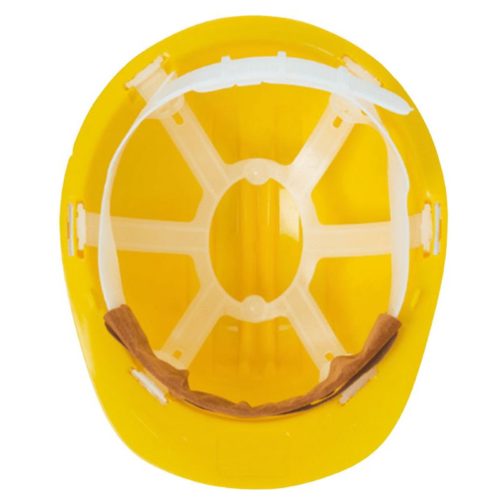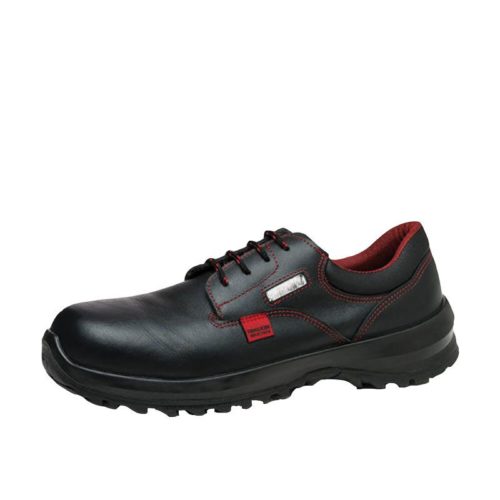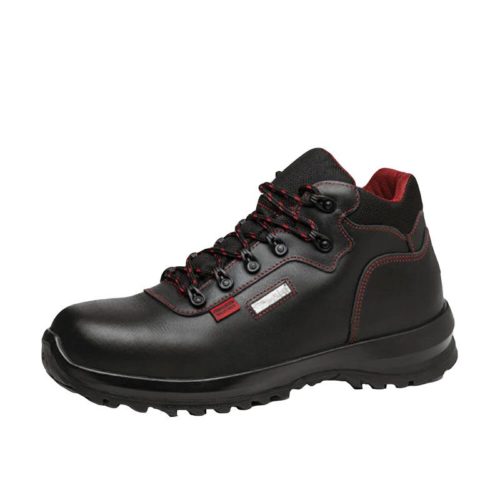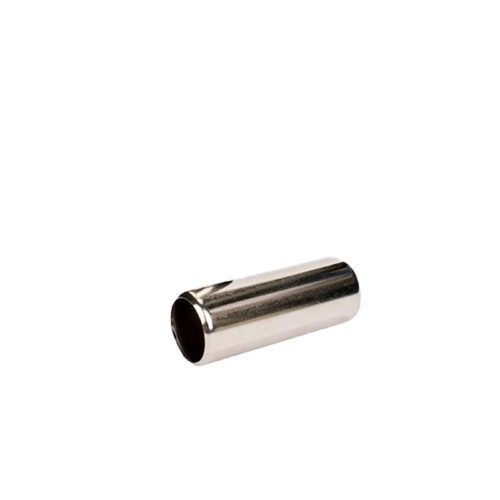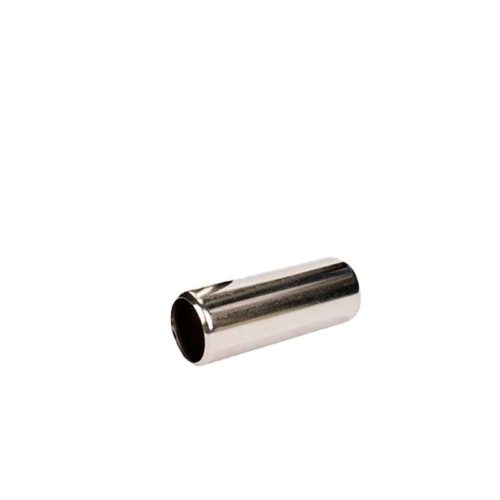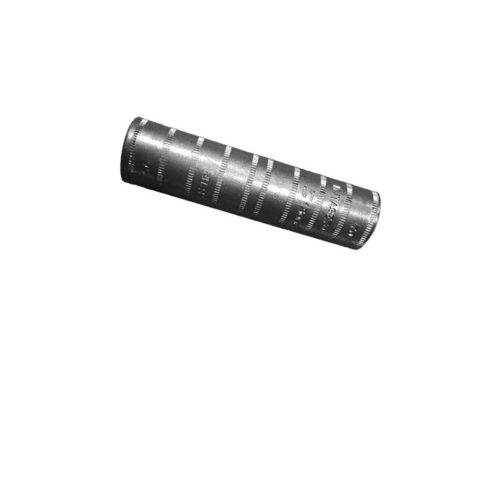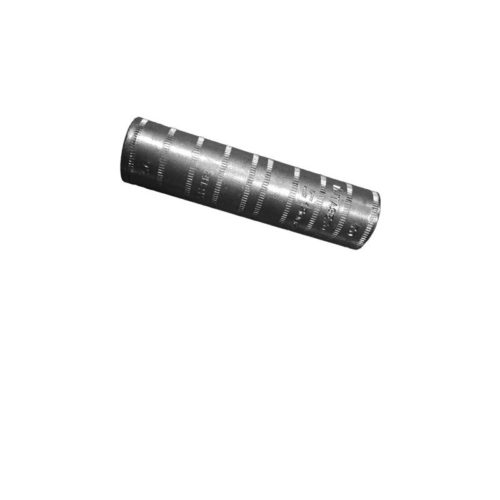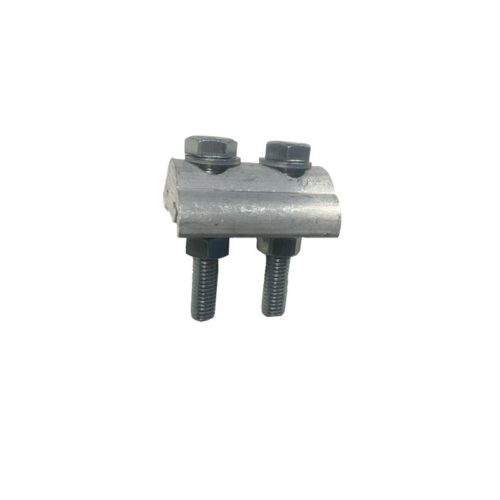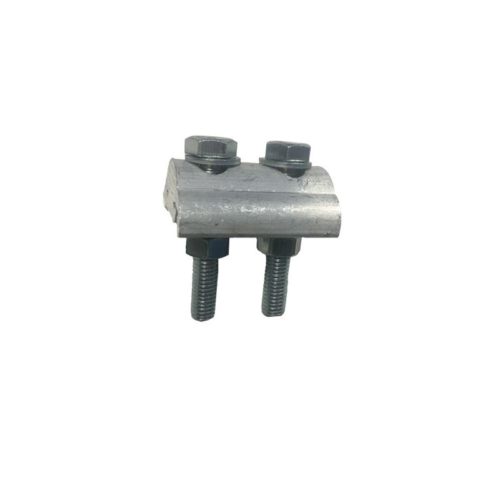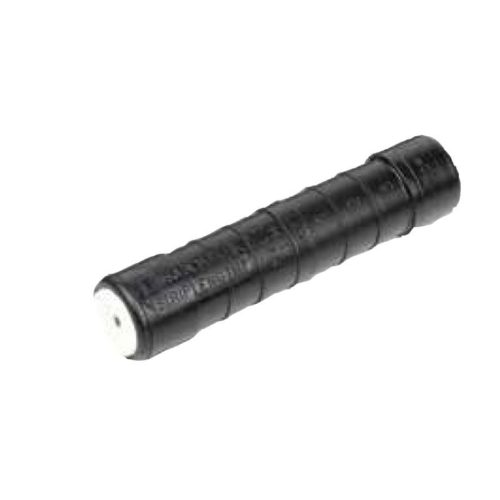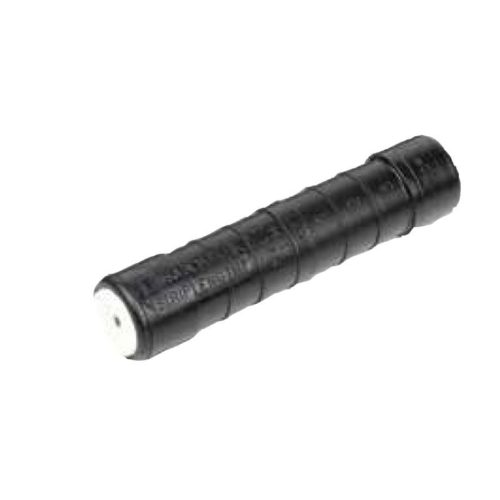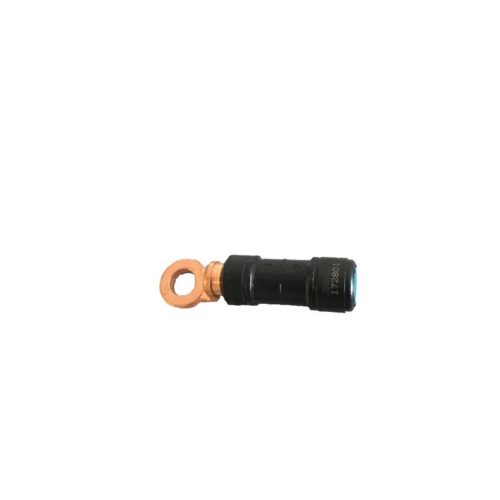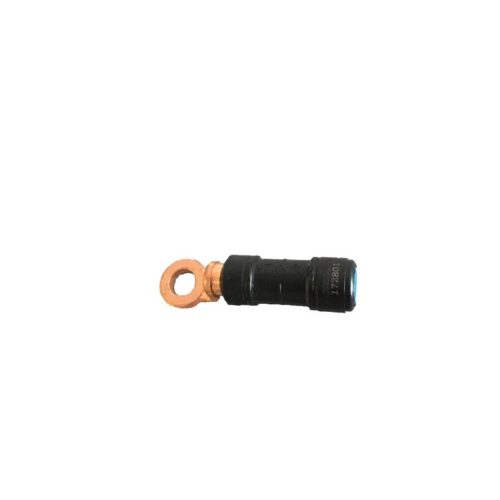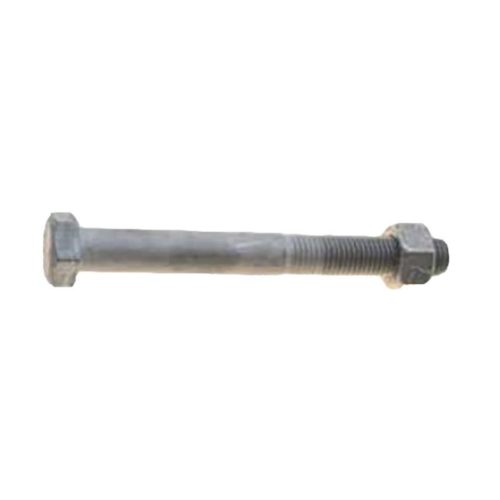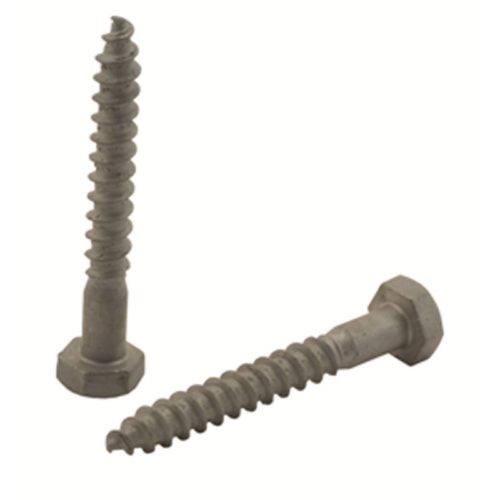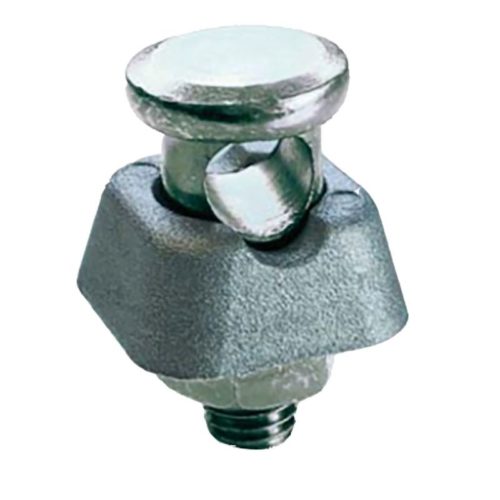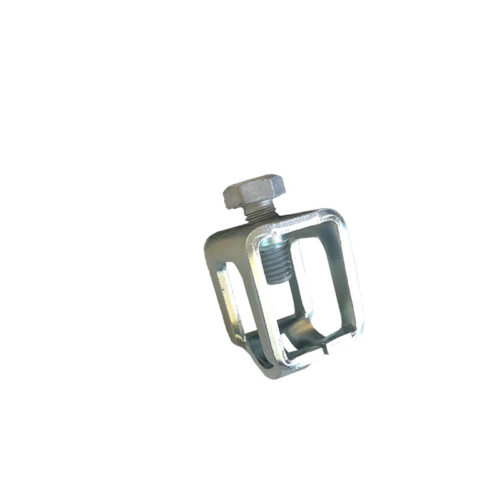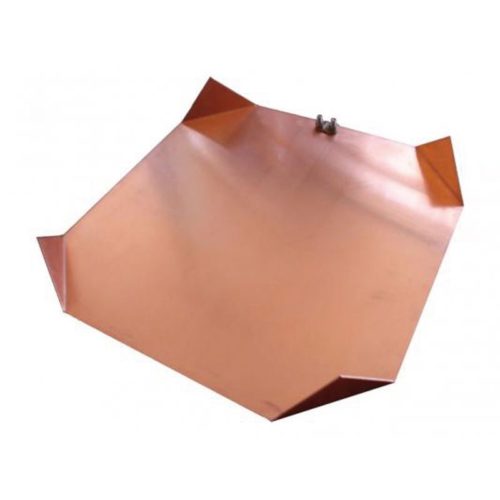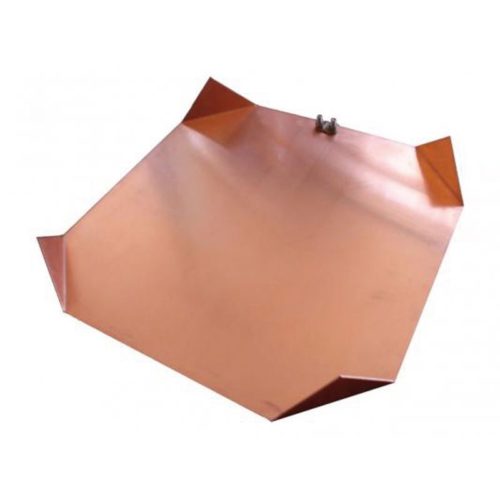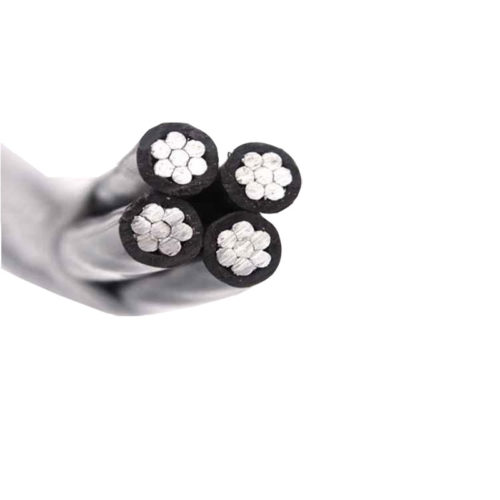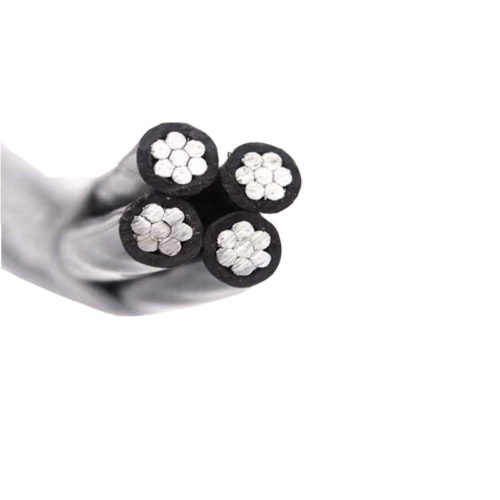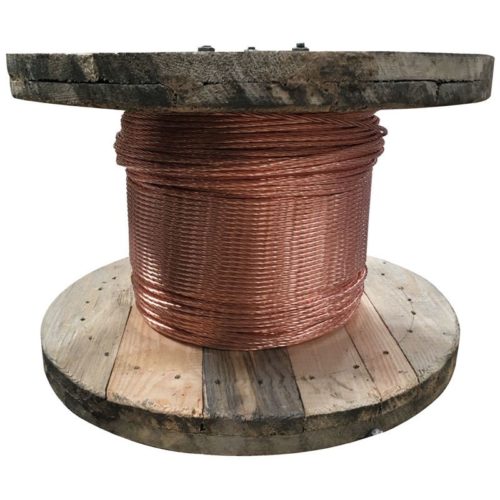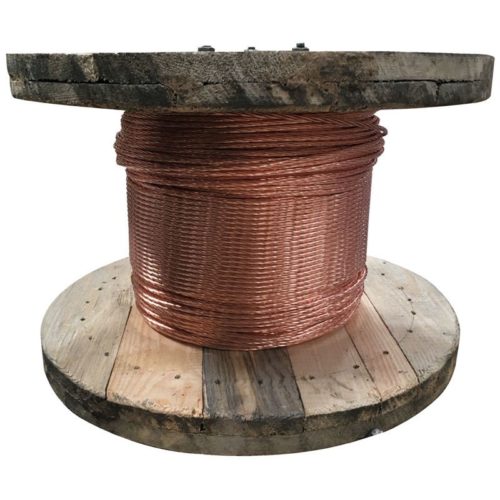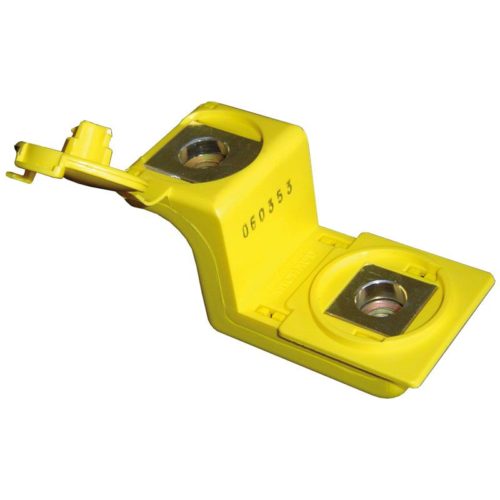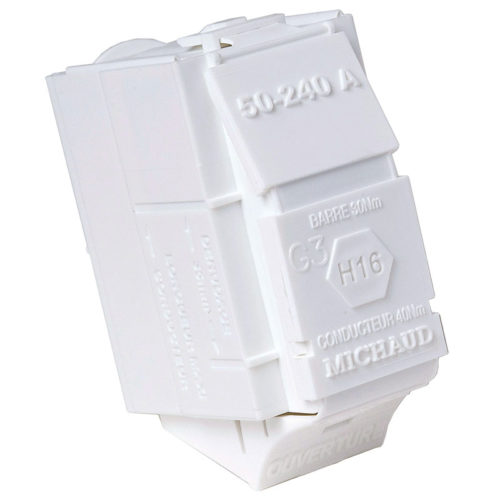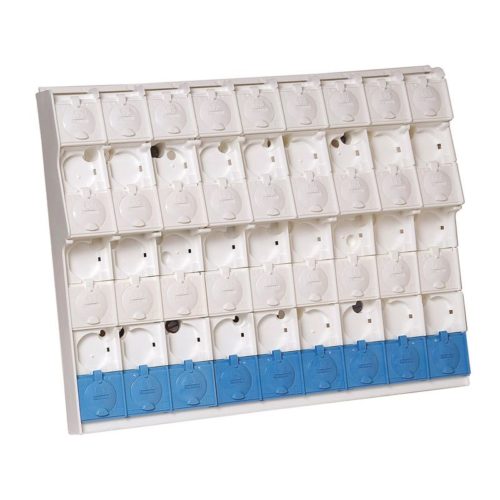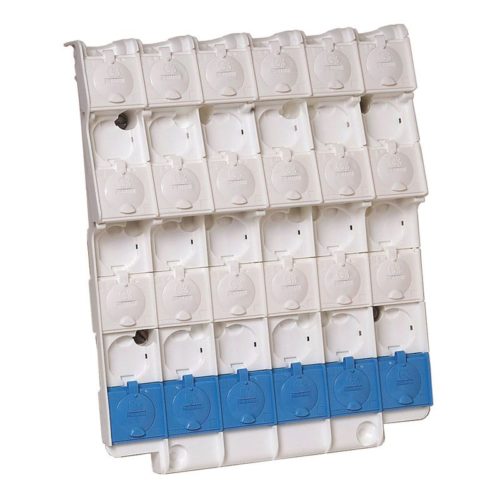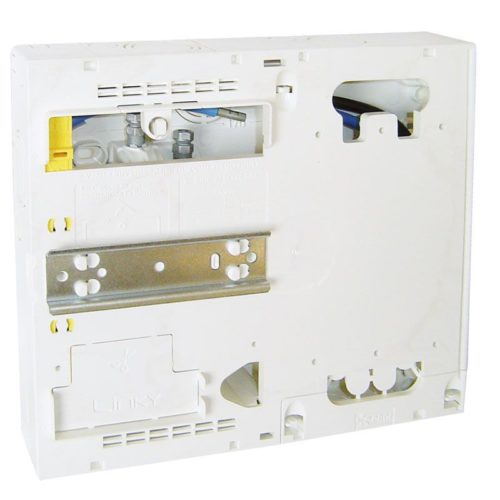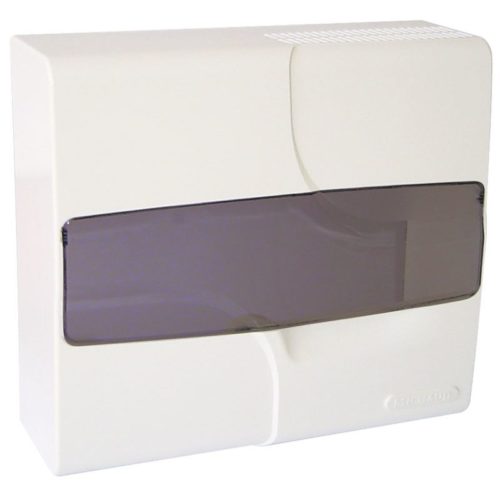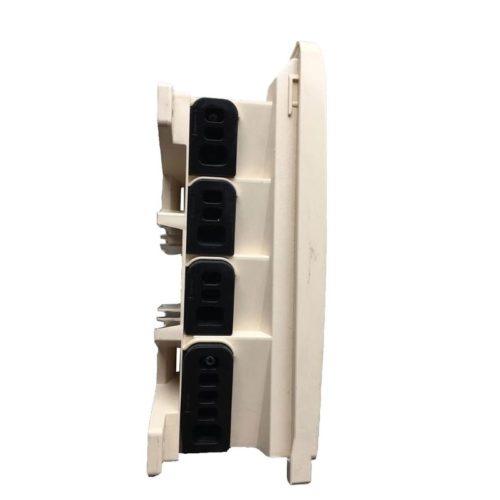-
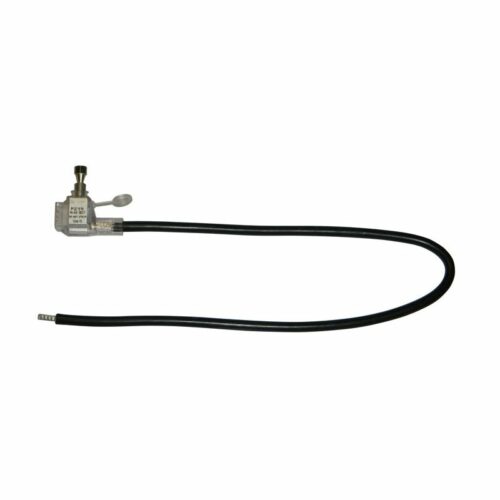
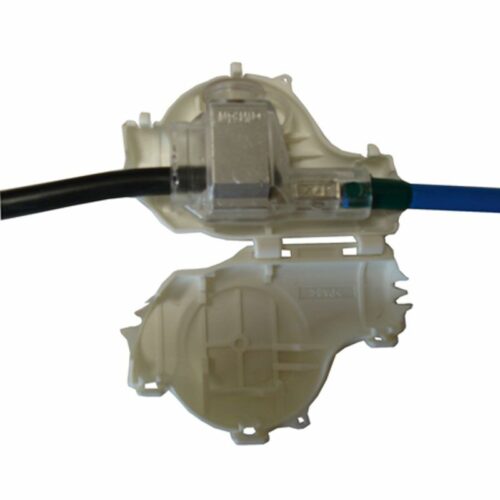 This end connectors range is used for the connection of leading in cables to electrical equipment terminals (cutouts, electronic meters, ect). It is a universal solution to connect the connection cable and the meter terminals no matter what is the metal or the block nature. The end connector can be fitted on sectoral or circular-shaped copper or aluminum stranded or solid core conductors. It provides class II protection using the double insulated colored tail, when equipped with the cover.
This end connectors range is used for the connection of leading in cables to electrical equipment terminals (cutouts, electronic meters, ect). It is a universal solution to connect the connection cable and the meter terminals no matter what is the metal or the block nature. The end connector can be fitted on sectoral or circular-shaped copper or aluminum stranded or solid core conductors. It provides class II protection using the double insulated colored tail, when equipped with the cover. -
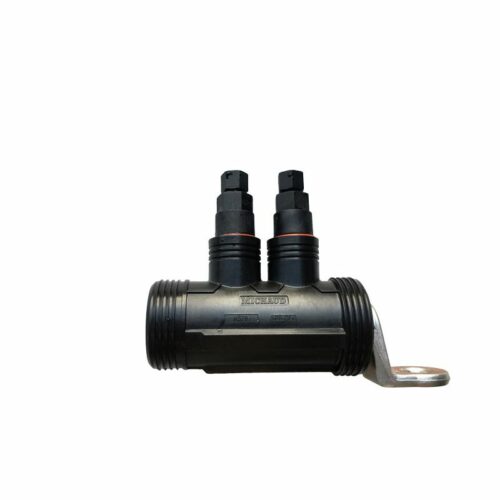
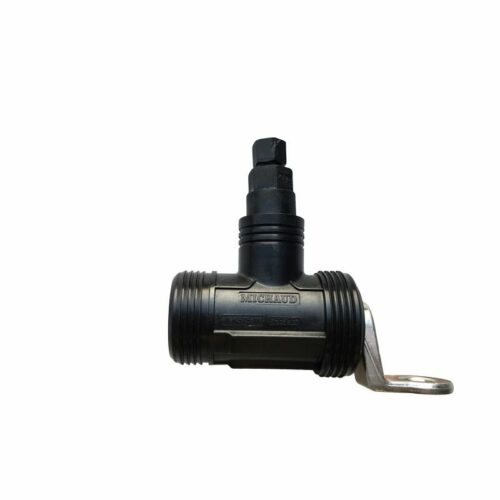 These preinslated lugs with mechanical tightening are used to connect aerial aluminum or copper conductors, solid or stranded round core, to copper equipment terminals. They are to be used without mechanical load. They are made of tinned copper which allows compatibility to copper and aluminium. The connection of the conductor is ensured by one or two shear head screws, for optimal tightening.
These preinslated lugs with mechanical tightening are used to connect aerial aluminum or copper conductors, solid or stranded round core, to copper equipment terminals. They are to be used without mechanical load. They are made of tinned copper which allows compatibility to copper and aluminium. The connection of the conductor is ensured by one or two shear head screws, for optimal tightening. -
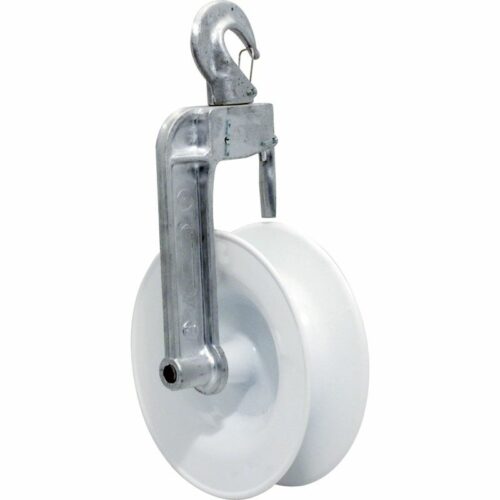
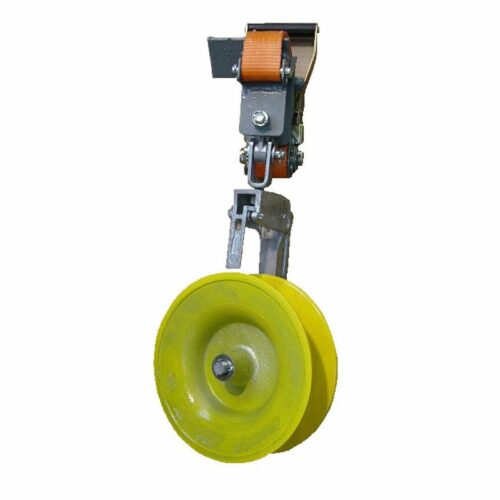 The pulley is designed to receive low voltage A.B.C. (Aerial Bundled Conductors) for unwinding and pulling operations. The mechanical winch is designed to pull conductors of a low voltage power line. Light and small, it can be used for all types of cable adjustments, in particular on top of supports. It can be used also for lifting loads, stowing poles and other applications. The overhead comealong clamp is designed to pull, retain and stretch bare or insulated conductors of a power line. Three models are available according to the type of conductors to be implemented: - Bare steel or aluminium cable, - A.B.C. (Aerial Bundled Conductors) type neutral messenger, - A.B.C. type fully supported. The wire-strainer is designed to pull conductors on a low voltage electrical line manually. These climbers are designed to help fitters climbing along poles and facilitate work at height. Sold in pair.
The pulley is designed to receive low voltage A.B.C. (Aerial Bundled Conductors) for unwinding and pulling operations. The mechanical winch is designed to pull conductors of a low voltage power line. Light and small, it can be used for all types of cable adjustments, in particular on top of supports. It can be used also for lifting loads, stowing poles and other applications. The overhead comealong clamp is designed to pull, retain and stretch bare or insulated conductors of a power line. Three models are available according to the type of conductors to be implemented: - Bare steel or aluminium cable, - A.B.C. (Aerial Bundled Conductors) type neutral messenger, - A.B.C. type fully supported. The wire-strainer is designed to pull conductors on a low voltage electrical line manually. These climbers are designed to help fitters climbing along poles and facilitate work at height. Sold in pair. -
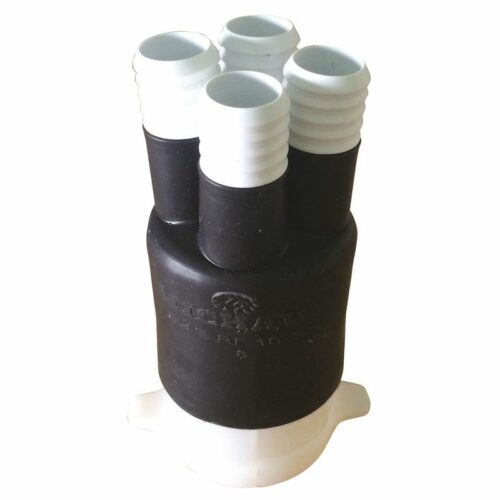
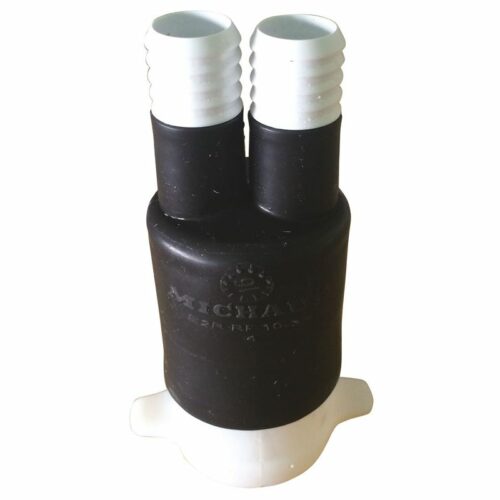 This cable sealing end is designed to ensure the watertightness of network and service stripped conductors ends. It is slid on the conductors and implemented without using flame. This cap is designed to ensure the watertightness of network and service cables conductors end. It can be used on cable drums. It is used exclusively without power.
This cable sealing end is designed to ensure the watertightness of network and service stripped conductors ends. It is slid on the conductors and implemented without using flame. This cap is designed to ensure the watertightness of network and service cables conductors end. It can be used on cable drums. It is used exclusively without power. -
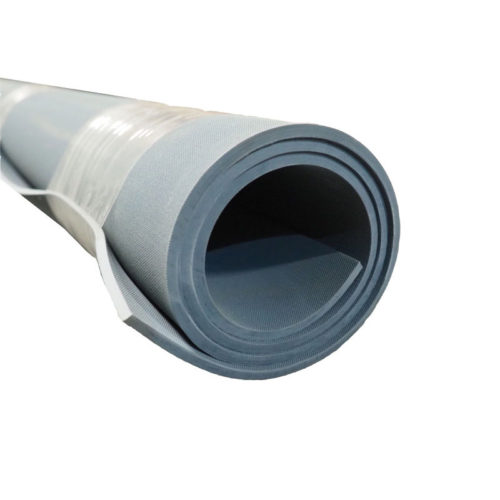
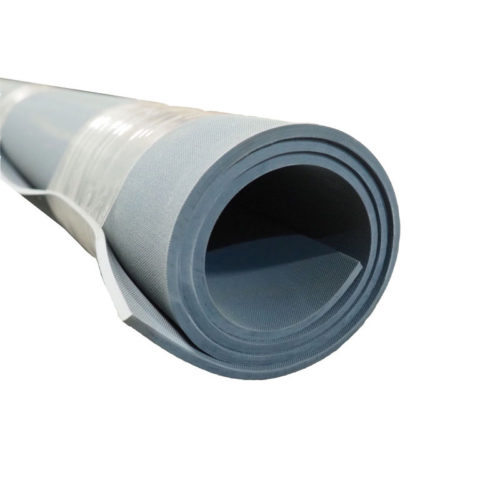 This mat is used to protect the fitter working area from contact voltage, during electrical work, without load in HV context and under load in LV one. Several models are available from class 0 to class 4. The insulating ladder protects the fitter from current voltage during electrical installation works.
This mat is used to protect the fitter working area from contact voltage, during electrical work, without load in HV context and under load in LV one. Several models are available from class 0 to class 4. The insulating ladder protects the fitter from current voltage during electrical installation works. -
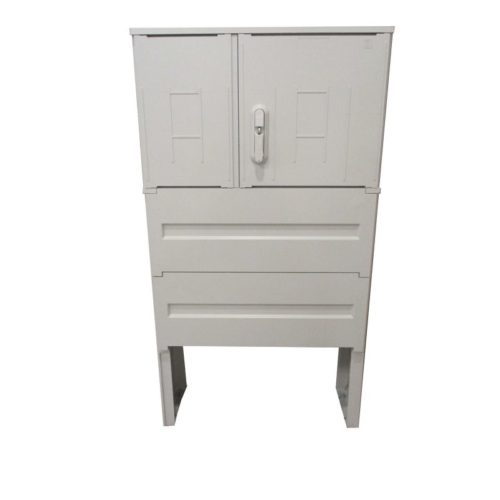
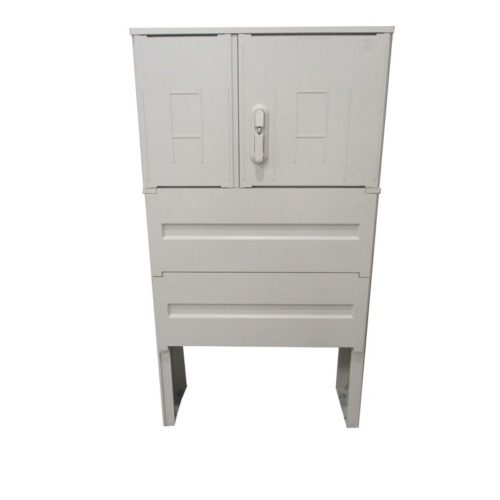 DIN cabinets exist in 3 widths and are designed to receive a 300, 450 or 600mm REMIC set of bars support. They use "common" equipment (direct connection network, service) and RRCP cutting / protection network connection modules. They are also designed for possible re-supply of the set of bars support without additional re-supply doors.
DIN cabinets exist in 3 widths and are designed to receive a 300, 450 or 600mm REMIC set of bars support. They use "common" equipment (direct connection network, service) and RRCP cutting / protection network connection modules. They are also designed for possible re-supply of the set of bars support without additional re-supply doors. -
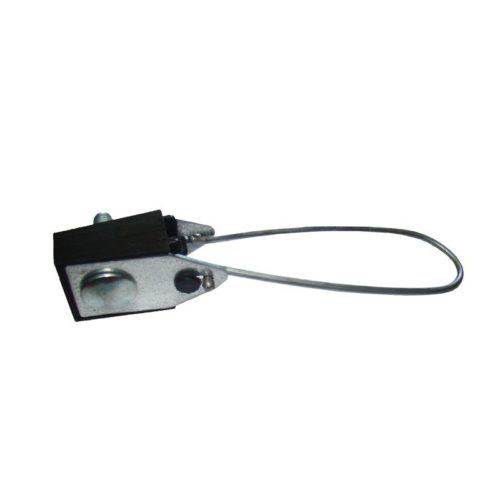
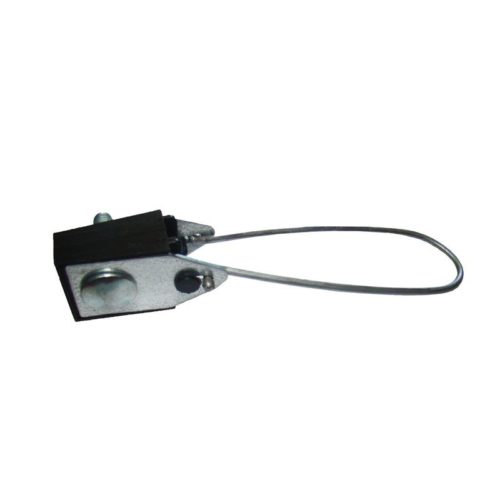 These anchoring and suspension clamps are designed to anchor and to hold the A.B.C. (Aerial Bundled Conductors) network. This range is rather designed to self-supporting cables. The suspension bracket is designed to fix clamps on a pole or a wall. The bracket fixing is performed by straps or screws. The hook is used to fix an anchoring clamp on a pole or a wall. It is implemented once holes are drilled.
These anchoring and suspension clamps are designed to anchor and to hold the A.B.C. (Aerial Bundled Conductors) network. This range is rather designed to self-supporting cables. The suspension bracket is designed to fix clamps on a pole or a wall. The bracket fixing is performed by straps or screws. The hook is used to fix an anchoring clamp on a pole or a wall. It is implemented once holes are drilled. -
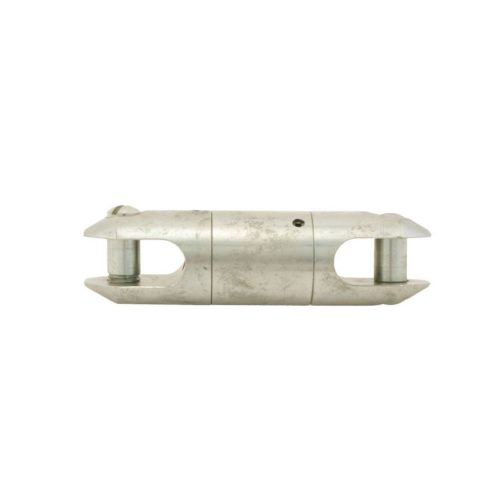
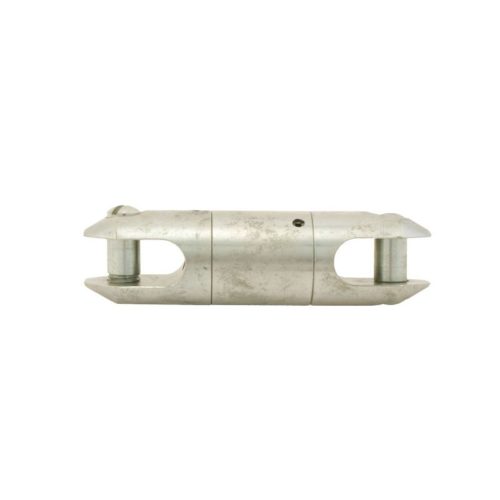 This overhead swivel is used between two overhead pulling grips to replace an old conductor by a new one or between a pulling grip and the wire rope on the winch. It prevents any twisting of the conductor during pulling, unreeling and laying. All of the parts are made of alloyed steel. The overhead pulling grip is deasigned for the pulling, unreeling and larying of bare and insulated self-supporting overhead cables. This overhead pulling grip is deasigned for the pulling, unreeling and larying of bare and insulated overhead cables with neutral messenger.
This overhead swivel is used between two overhead pulling grips to replace an old conductor by a new one or between a pulling grip and the wire rope on the winch. It prevents any twisting of the conductor during pulling, unreeling and laying. All of the parts are made of alloyed steel. The overhead pulling grip is deasigned for the pulling, unreeling and larying of bare and insulated self-supporting overhead cables. This overhead pulling grip is deasigned for the pulling, unreeling and larying of bare and insulated overhead cables with neutral messenger. -
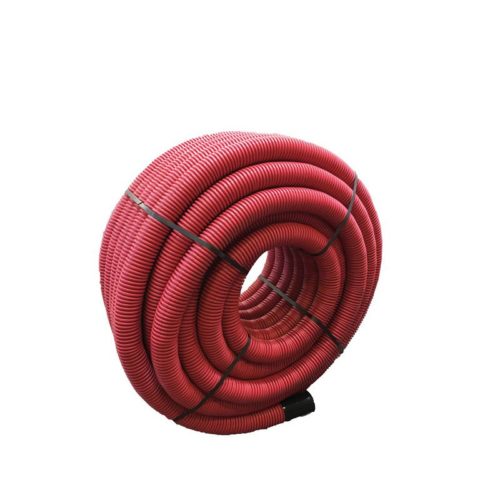
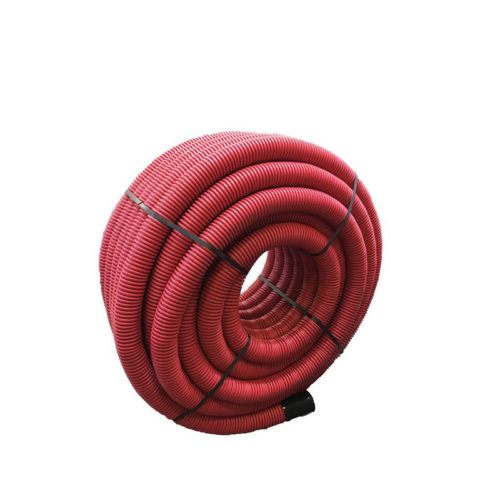 This sheath is used for the protection of underground cables. It is available in ring (with draw needle) or in bar. The junction sleeve allows connection between two ends of sheaths. The seperator allows to facilitate the installation of sheaths and to split each one. The sheath end cap allows to seal the sheath by closing its end.
This sheath is used for the protection of underground cables. It is available in ring (with draw needle) or in bar. The junction sleeve allows connection between two ends of sheaths. The seperator allows to facilitate the installation of sheaths and to split each one. The sheath end cap allows to seal the sheath by closing its end. -
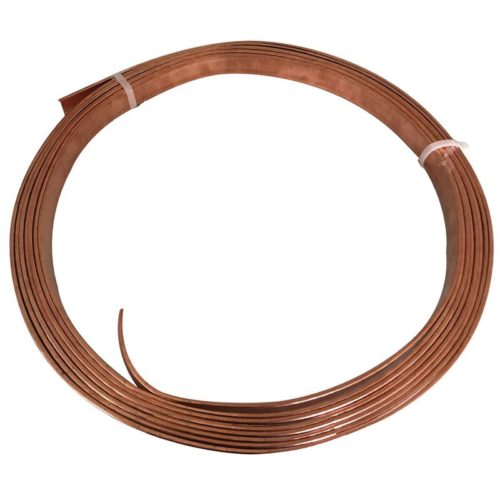
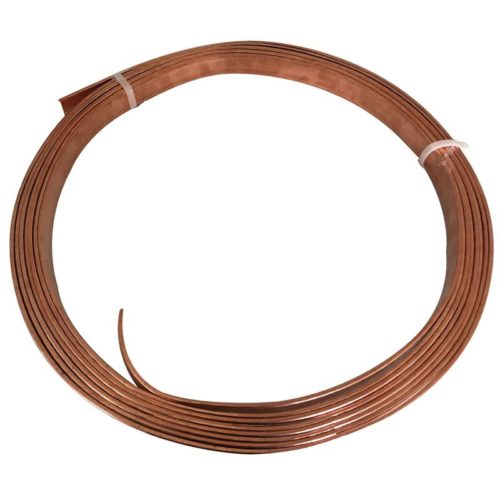 This tape is designed to conduct the electricty into the earth system and to guarantee the default current runoff. If the copper gives an important electrical and the tinned coating protects from theft thanks to the non visible copper coating conductivity. The copper bonded steel offers a good economical alternative to copper. Furthermore Galvanized steel is an economical solution to coppered tinned steel and protect from the theft too. It has a good conductivity.
This tape is designed to conduct the electricty into the earth system and to guarantee the default current runoff. If the copper gives an important electrical and the tinned coating protects from theft thanks to the non visible copper coating conductivity. The copper bonded steel offers a good economical alternative to copper. Furthermore Galvanized steel is an economical solution to coppered tinned steel and protect from the theft too. It has a good conductivity. -
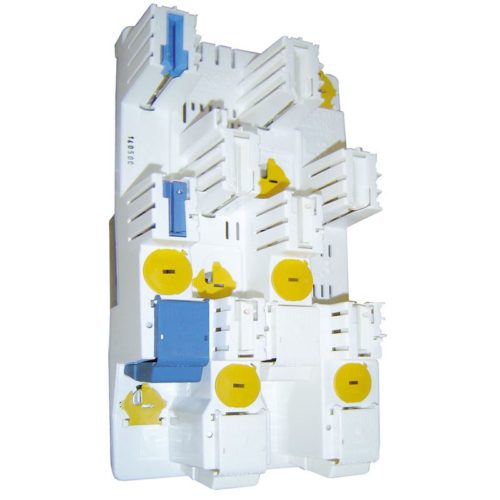
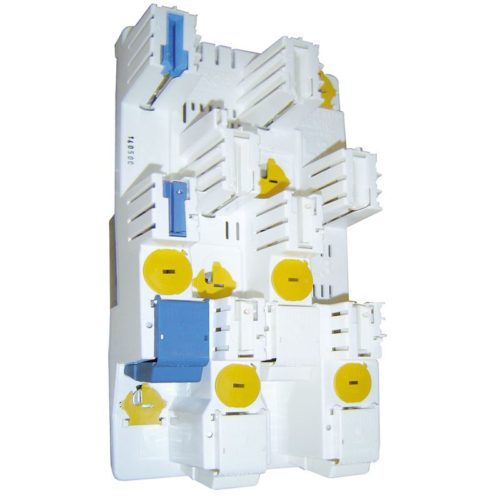 The REMIC module type RRCP offers a network outlet that can be cut (400 A function) or protected using maximum 200A fuses 115mm size 2 (200A function). It is installed on the M12 standardised connection terminals of the sets of bars supports. It is mainly used for supplying a collective or individual service with supervised power.
The REMIC module type RRCP offers a network outlet that can be cut (400 A function) or protected using maximum 200A fuses 115mm size 2 (200A function). It is installed on the M12 standardised connection terminals of the sets of bars supports. It is mainly used for supplying a collective or individual service with supervised power. -

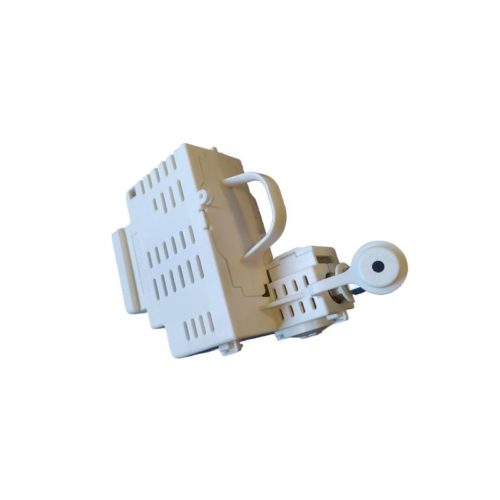 The fuse service module exists in 3 versions: 60A, 90A and 100A available in single or three phase kits depending on the model. In variation of the fused neutral, a triple neutral is possible. It is installed on the M12 standardized connection terminals of the set of bars support. It is used to tap a single or three phase service connection ensuring protection through fuses size 00 (60A and 90A modules) or 22x58 (100A module). The multitap connection module comprises 1 neutral and 3 phases. It allows a maximum of 3 single phase or 3 three-phase services to be connected. It is installed on the M12 standardized connection terminals of the set of bars support. It is mainly used when the AD fuses are installed in the customer premises.
The fuse service module exists in 3 versions: 60A, 90A and 100A available in single or three phase kits depending on the model. In variation of the fused neutral, a triple neutral is possible. It is installed on the M12 standardized connection terminals of the set of bars support. It is used to tap a single or three phase service connection ensuring protection through fuses size 00 (60A and 90A modules) or 22x58 (100A module). The multitap connection module comprises 1 neutral and 3 phases. It allows a maximum of 3 single phase or 3 three-phase services to be connected. It is installed on the M12 standardized connection terminals of the set of bars support. It is mainly used when the AD fuses are installed in the customer premises. -
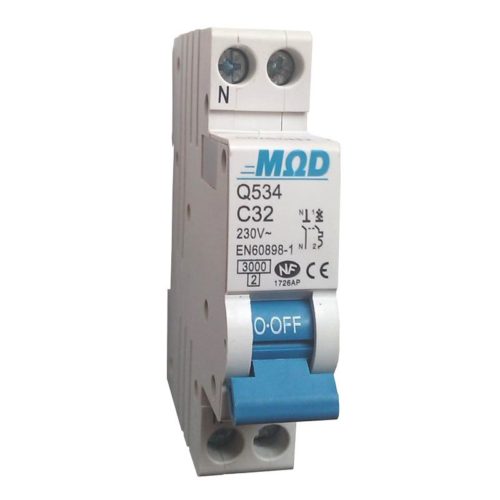
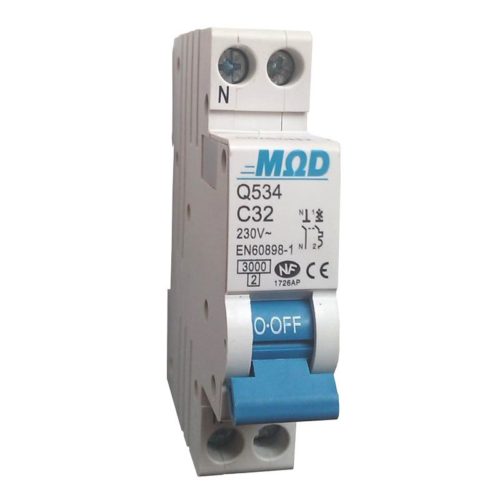 The modular distribution box is designed to be equipped with devices that protect the customer installation. The 30 mA differential switches for two-phases are designed to protect persons by detecting insulation defects. The AC-type detected faults on the AC component. The A-type detected faults on the AC and DC components. The DC components faults can be produce by some electrical devices. The size of differntial swith is 2 modules. Subdivisional circuit breakers are designed to protect the circuits of the installation. The proposed materials are : - Neutral Phase 230V, - A type C trip curve according to EN 60898-1.
The modular distribution box is designed to be equipped with devices that protect the customer installation. The 30 mA differential switches for two-phases are designed to protect persons by detecting insulation defects. The AC-type detected faults on the AC component. The A-type detected faults on the AC and DC components. The DC components faults can be produce by some electrical devices. The size of differntial swith is 2 modules. Subdivisional circuit breakers are designed to protect the circuits of the installation. The proposed materials are : - Neutral Phase 230V, - A type C trip curve according to EN 60898-1. -
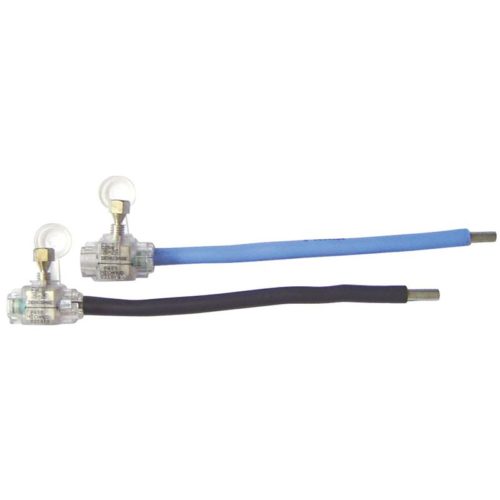
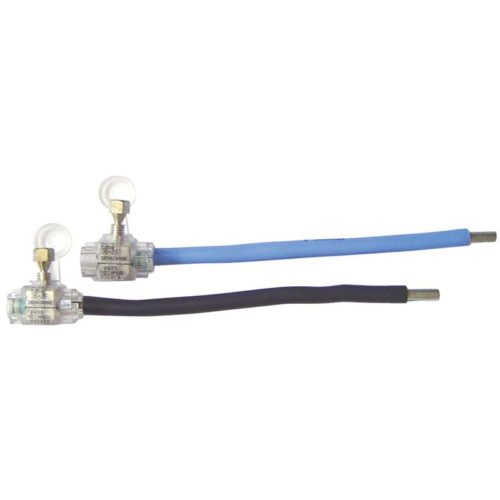 This end connectors range is used for the connection of leading in cables to electrical equipment terminals (cutouts, electronic meters, ect). It is a universal solution to connect the connection cable and the meter terminals no matter what is the metal or the block nature. They can be fitted on copper or aluminum stranded or solid core conductors.
This end connectors range is used for the connection of leading in cables to electrical equipment terminals (cutouts, electronic meters, ect). It is a universal solution to connect the connection cable and the meter terminals no matter what is the metal or the block nature. They can be fitted on copper or aluminum stranded or solid core conductors. -
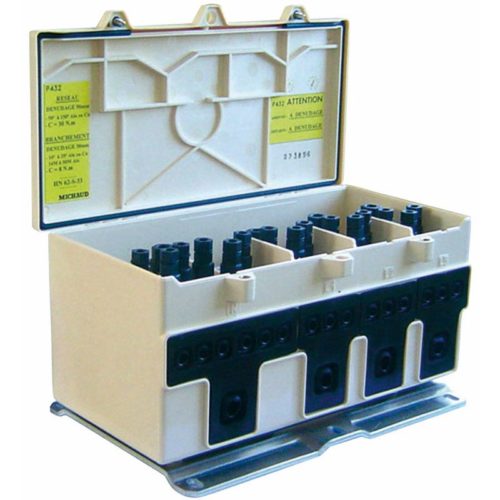
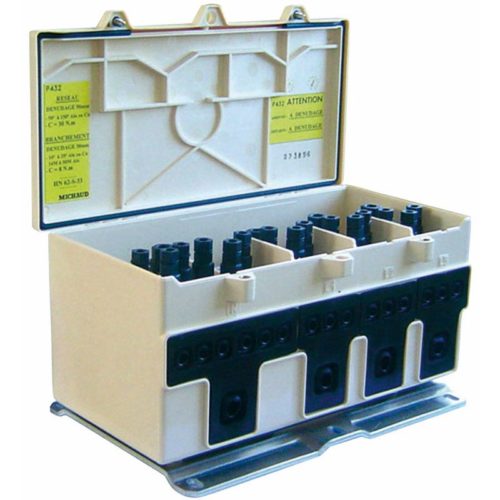 The box with 3 outlets is designed to establish up to 6 single phase connections or up to 3 three phase connections at one point of the low voltage aerial bundled network. The box with 7 outlets is designed to establish the junction of 2 overhead networks and the tap contact of 6 single phase or three phase connections maximum. These boxes can be installed on a façade or a pole. They can also be used at the network end.
The box with 3 outlets is designed to establish up to 6 single phase connections or up to 3 three phase connections at one point of the low voltage aerial bundled network. The box with 7 outlets is designed to establish the junction of 2 overhead networks and the tap contact of 6 single phase or three phase connections maximum. These boxes can be installed on a façade or a pole. They can also be used at the network end.
